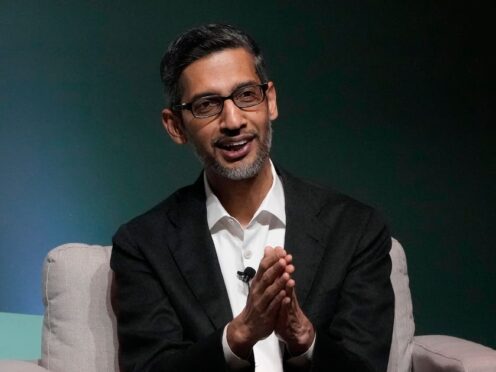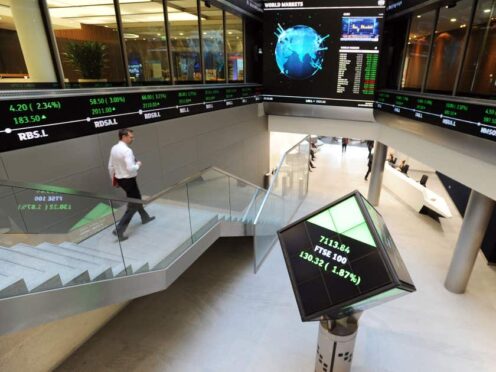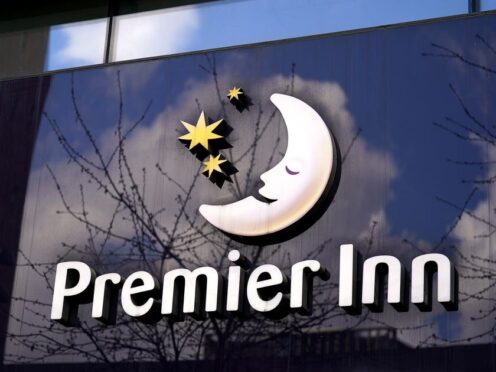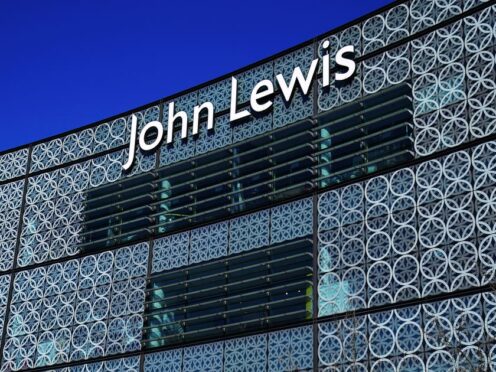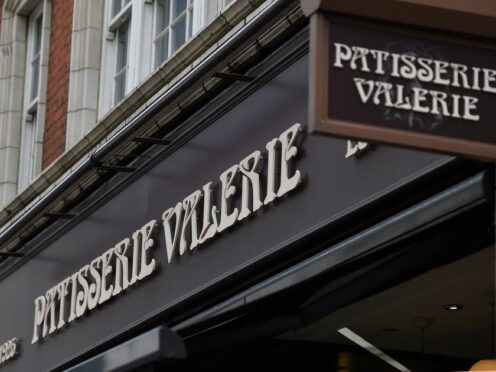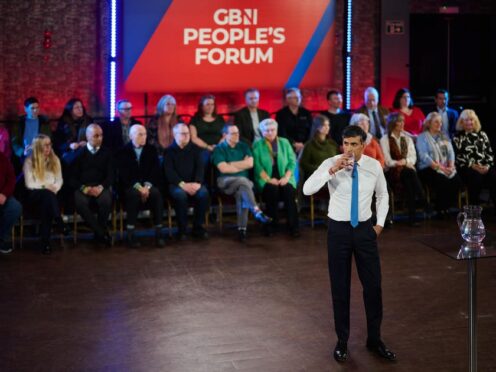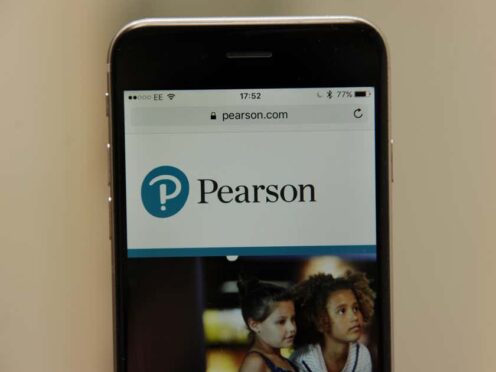Does your workplace work for you?
Have you ever felt exploited, out of the loop, underpaid or discriminated against when trying to earn a crust? And what even is the modern workplace?
Is it a desk with a computer, a production line, a break-out pod for blue-sky thinking, the kitchen table, the shed at the bottom of the garden or even the saddle of a bike?
The answer is that it is all of these and many more besides.
And the non-linear nature of it all means it is hugely complex to wrap a one-size-fits-all regulatory framework around it.
Add in the myriad impacts of Brexit on the workplace and it all becomes a very murky soup indeed.
In November, Royal Society of Arts chief executive Matthew Taylor was commissioned by Prime Minister Theresa May to take a fresh look at employment law within the context of the modern economy.
The Review is the opportunity for government to respond to the rise of the so-called ‘gig economy’ and the increase in zero-hours working.
Gig economy is a fuzzy phrase but it generally refers to employment offered on very short term contracts or on a freelance basis -with typical work being cab driving or takeaway food delivery.
It has many critics due to the uncertainty and the lack of rights and protections it affords the independent contractors that work within it.
But it also has proponents who point to the flexibility it offers workers as a good thing.
Those employed on zero hours contracts have slightly more protections – they are entitled to holiday pay unlike gig workers – but it is ultimately still an unstable environment.
In addition to the economy as it is now, Taylor also attempted to look to the future and how the workforce will be impacted by the rise in automation and technological advances.
Taylor’s response was to come up with a seven point plan to promote “fair and decent work with realistic scope for development and fulfilment.”
It promotes the importance of good management practices,a proactive approach to workplace health and calls for sectoral strategies to improve the lot of those in the lowest paid spheres of work.
But also – and quite rightly – it tackles thorny issues such as the inherent unfairness within the cash in hand economy that subverts the system and puts those that pay their taxes at a disadvantage.
For my money, Taylor has made a good fist of things and the next step is implementing his recommendations.
It is the Government’s duty to press for a better deal for workers, but I would hope the private sector door they are pushing against opens willingly.
A happy and engaged workforce is also a productive workforce.


